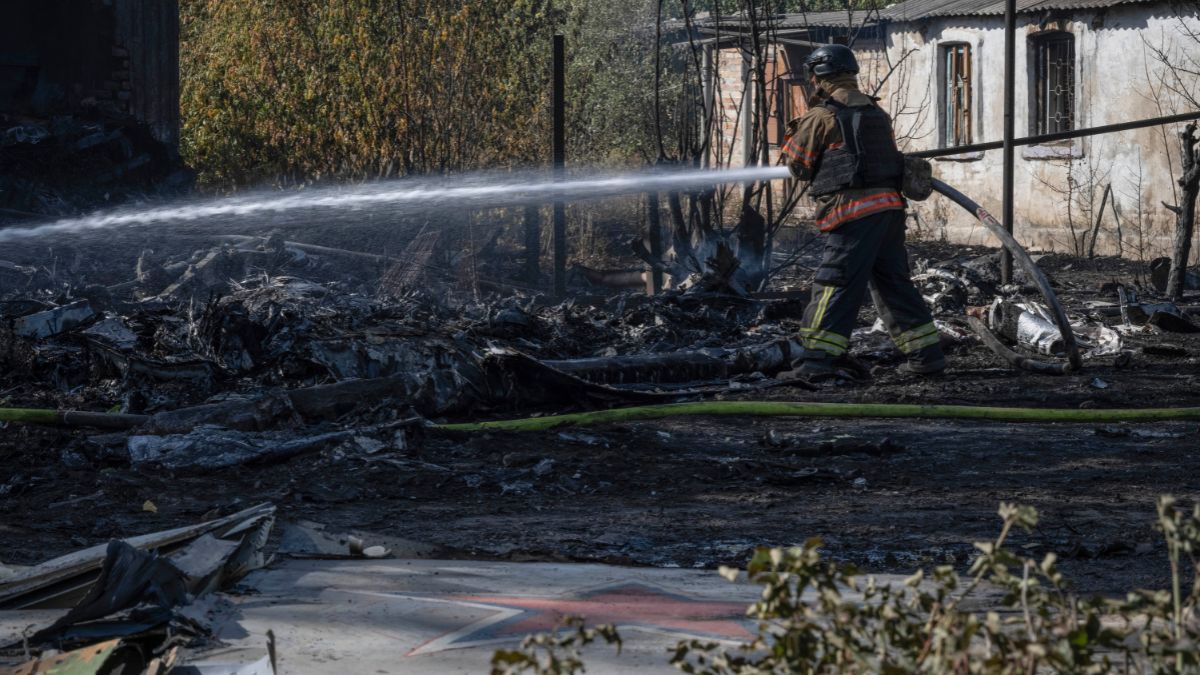The Israel-Gaza war and the Ukraine-Russia war are two of the biggest conflicts wrecking the world either directly or indirectly. However, several smaller clashes and insurgencies also contribute to the devastation. A report has found that conflict zones worldwide have increased by 65 per cent in the past three years.
The latest edition of the Conflict Intensity Index, published by Verisk Maplecroft, shows wars and unrest have spread in size in Ukraine, the West Asian region, Myanmar and a “conflict corridor” around Africa’s Sahel.
While people residing in the areas of conflict have to bear the brunt directly, wars also have a far-reaching impact on the global economy, food supply chains and businesses. For instance, Russia’s war on Ukraine has disrupted the trade of food grains which was exasperated by Houthi attacks on Red Sea shipping.
Hugo Brennan, research director at Verisk Maplecroft, said, “Conflict risks are increasing, they have for the last few years and global businesses need to think about that. You can look at international media and think: ‘I don’t have a factory in Sudan, it does not affect me,’ but because of the supply chain impacts, a conflict in a faraway place can impact you.”
How much of the world is covered by conflict?
The report reveals that 6.15 million square kilometers (2.4 million square miles) of the world’s landmass—equivalent to 4.6 per cent—is now impacted by conflicts within or between states. This marks a sharp rise from 2.8 per cent in 2021. The number of deaths attributed to conflict has also surged by 29 per cent, underscoring the worsening global security situation.
Since 2021, 27 countries have seen a notable increase in conflict risk, according to the Conflict Impact Index (CII). Among these are Ecuador, Colombia, India, Indonesia, and Thailand, reflecting a broader trend of escalating tensions and instability across diverse regions.
Impact Shorts
More ShortsChildren at most risk
Conflicts affect children the most as they stay at risk of getting separated from their families.
Angela Rosales, CEO of SOS Children’s Villages International said that over 470 million children in Ukraine, Sudan, Gaza and Lebanon are impacted by wars.
“Children in conflict-affected areas are at risk of losing family care if their homes are destroyed, parents are killed or if they become separated when fleeing violence,” she said.
Children made up nearly 40 percent of the more than 3.4 million people in Myanmar displaced by civil war and climate change-driven extreme weather, the UN agency for children said Thursday.
With inputs from agencies


)

)
)
)
)
)
)
)
)



